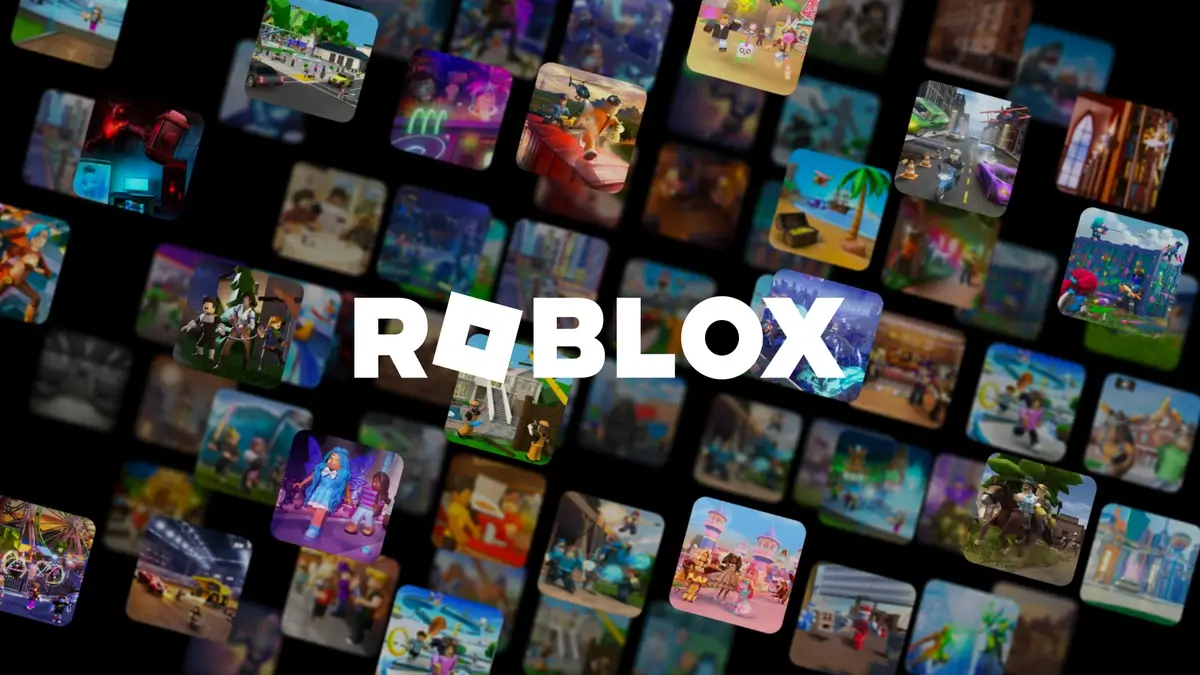Roblox, the popular online gaming platform, has been consistently updating its parental control features to provide a safer and more customizable experience for younger users. These enhancements reflect Roblox's ongoing commitment to child safety and aim to address concerns about potential risks associated with online interactions and content exposure.
One of the most significant improvements is the introduction of remote parental controls. Parents can now access and manage their child's account settings from their own devices, eliminating the need to use the child's device. This feature allows parents to monitor their child's activity, adjust settings, and implement restrictions even when they are not physically together. To utilize this feature, parents need to link their Roblox account to their child's account and verify their identity through an ID or credit card.
Communication settings have also been updated to provide stricter controls for younger users. By default, children under 13 can no longer send direct messages to other users outside of games or experiences. Communication within games is limited to public broadcast messages, ensuring that all conversations are visible to others. Parents can customize these settings in the Parental Controls dashboard, allowing them to tailor the communication experience to their child's specific needs and maturity level.
In addition to communication restrictions, Roblox has implemented new content labels to help parents make informed decisions about the types of experiences their children can access. Instead of labeling experiences by age, Roblox now uses content labels such as "Minimal," "Mild," "Moderate," and "Restricted" to describe the content users can expect. This allows parents to assess the appropriateness of each experience based on their child's individual development and comfort level. Users under 9 can only access "Minimal" or "Mild" content by default, and parental consent is required to access "Moderate" content. "Restricted" content is only available to users 17 and older who have verified their age through ID.
Roblox has also added new features that allow parents to block specific friends or experiences. Parents can now view their child's friends list and block anyone they do not want their child to communicate with. Children under 13 cannot unblock users blocked by their parents but can send a request to their parents to do so. Similarly, parents can now block specific experiences they deem inappropriate, either from a list of the 20 experiences their child has spent the most time on in the past week or from a dedicated "Blocked Experiences" section within the parental controls.
To further enhance monitoring capabilities, Roblox now provides parents with detailed insights into their child's screen time. Parents can view their child's average screen time over the past week and see a breakdown of the 20 experiences they have spent the most time on, sorted by total time. This information allows parents to identify potential issues or concerns related to their child's gaming habits and take appropriate action. Daily screen time limits can also be set, restricting access to Roblox once the limit is reached.
These enhancements to parental controls on Roblox demonstrate a proactive approach to ensuring child safety on the platform. By providing parents with more tools and information, Roblox aims to empower them to create a safer and more enjoyable gaming experience for their children. These updates reflect Roblox's ongoing commitment to adapting its safety measures to address emerging challenges and meet the evolving needs of its users and their families.

















